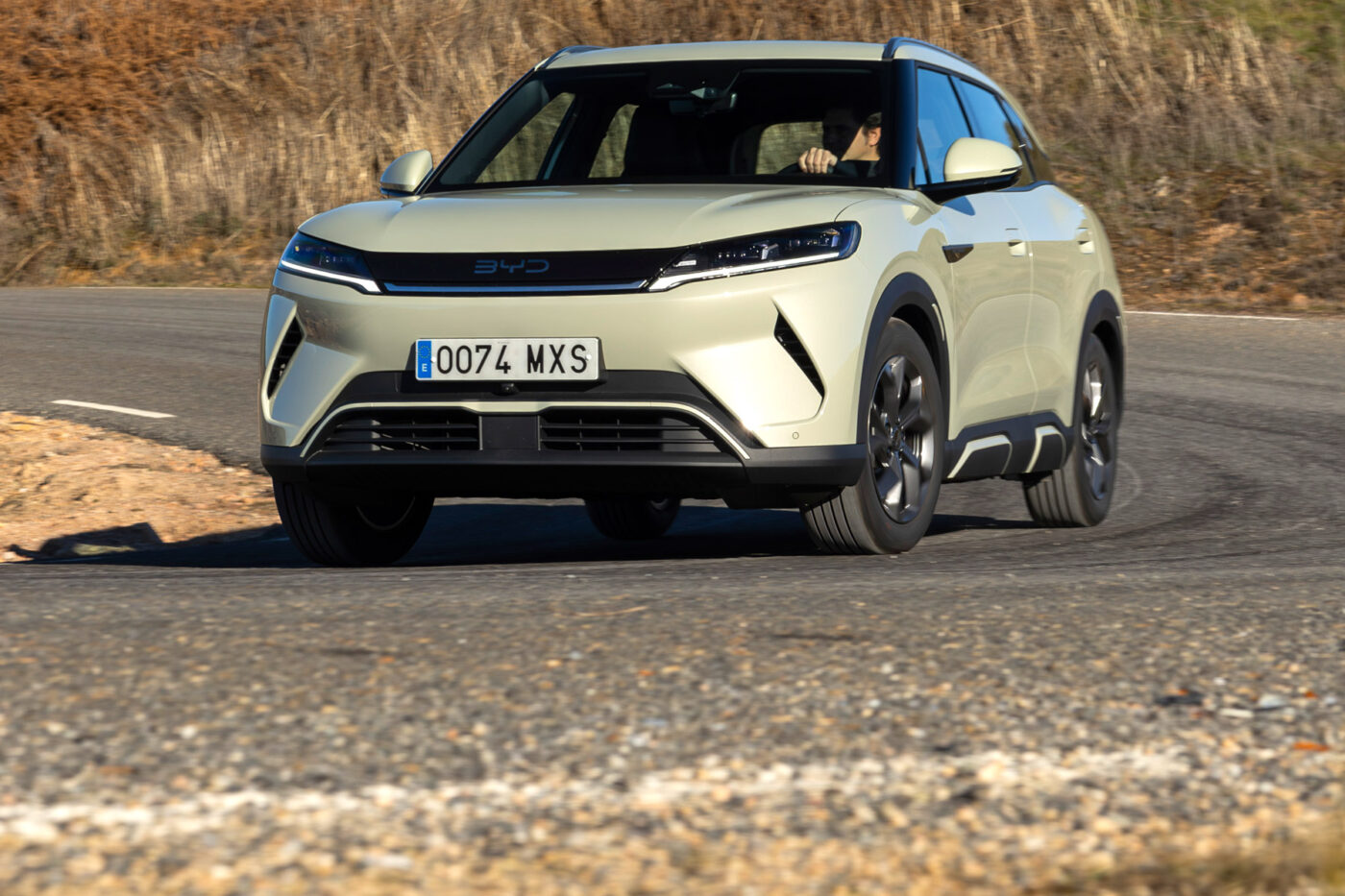
Electric demystification: how BYD is arriving in the real world with the Atto 2
BYD sold over four million cars worldwide last year and is the undisputed green market leader in China. But in Germany, the Federal Motor Transport Authority KBA reports barely 3,000 registrations for BYD – not per month, but for the whole of 2024. And yet there is a lot of attention every time the company from Shenzen launches a new car. That’s why everyone is watching closely once again when they unleash the Atto 2 in March.
And they have high hopes: As a compact SUV of 4.31 metres, the Atto 2 is their smallest SUV and, at a base price of probably just under 30,000 euros, their cheapest export ever. It is also aimed at what is by far the most important segment of the market in Germany. And on top of all that, it is the car for whose development BYD looked most closely at Europe. If that’s not a reason for a certain amount of attention.
You can tell that Europe was the focus not only from the dimensions but also from the serious appearance. The name doesn’t really fit in with Seal, Dolphin & Co., and the line has none of the ocean beauty that they usually try to make us like. But the Atto 2 refrains from any provocation or gimmickry, looks as if it has been cast from a single mould and is simply full and clean.
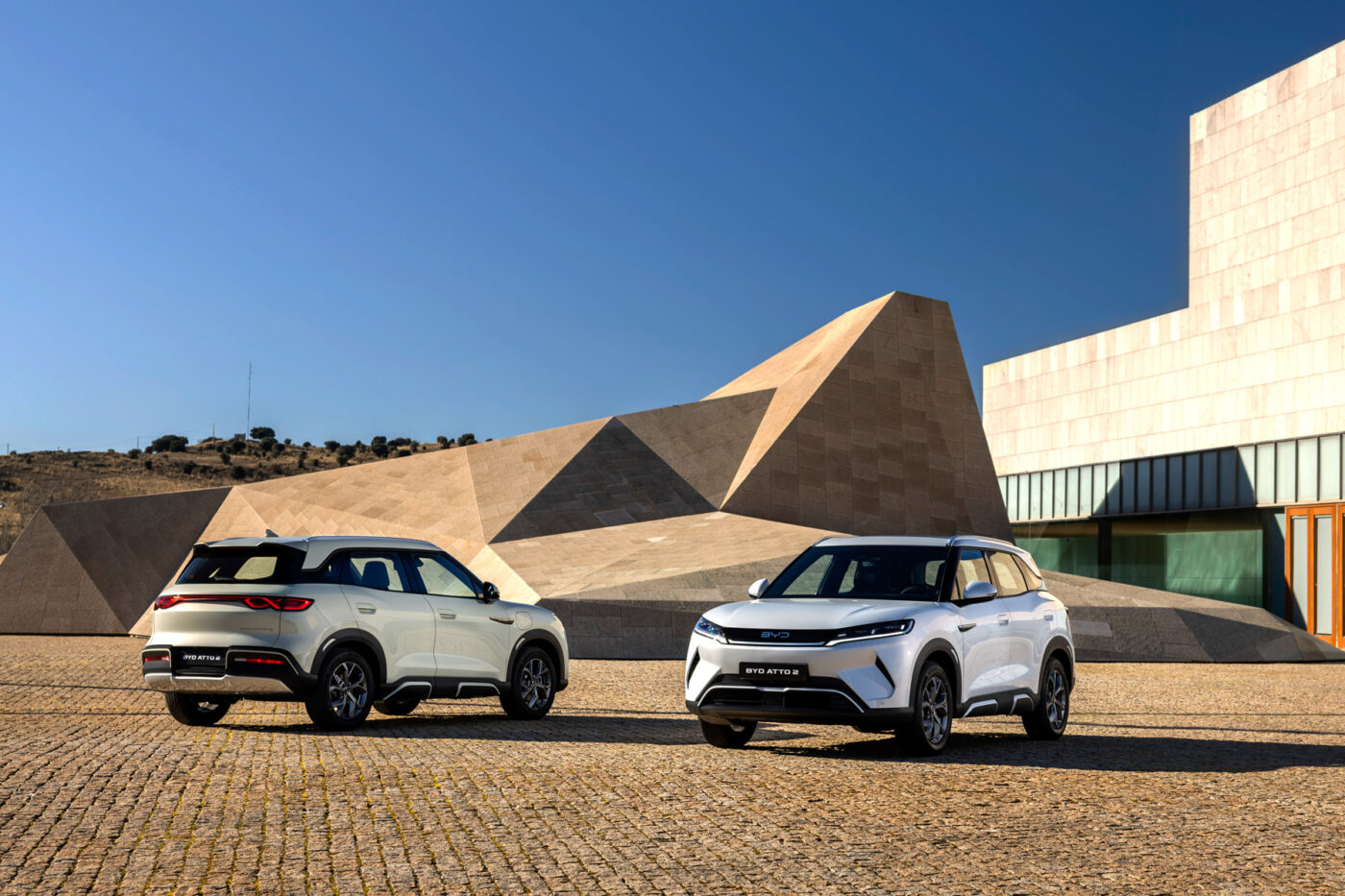
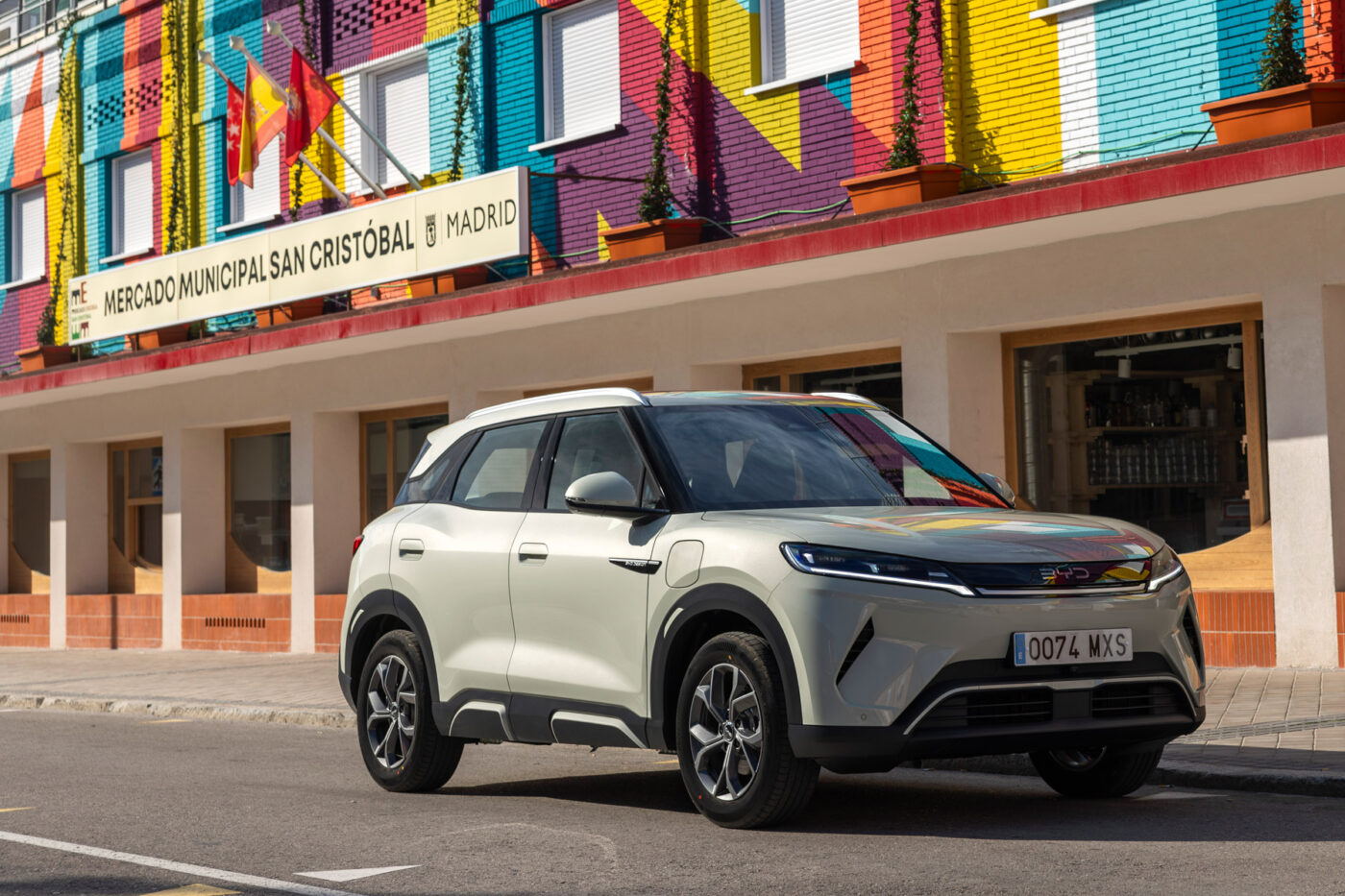
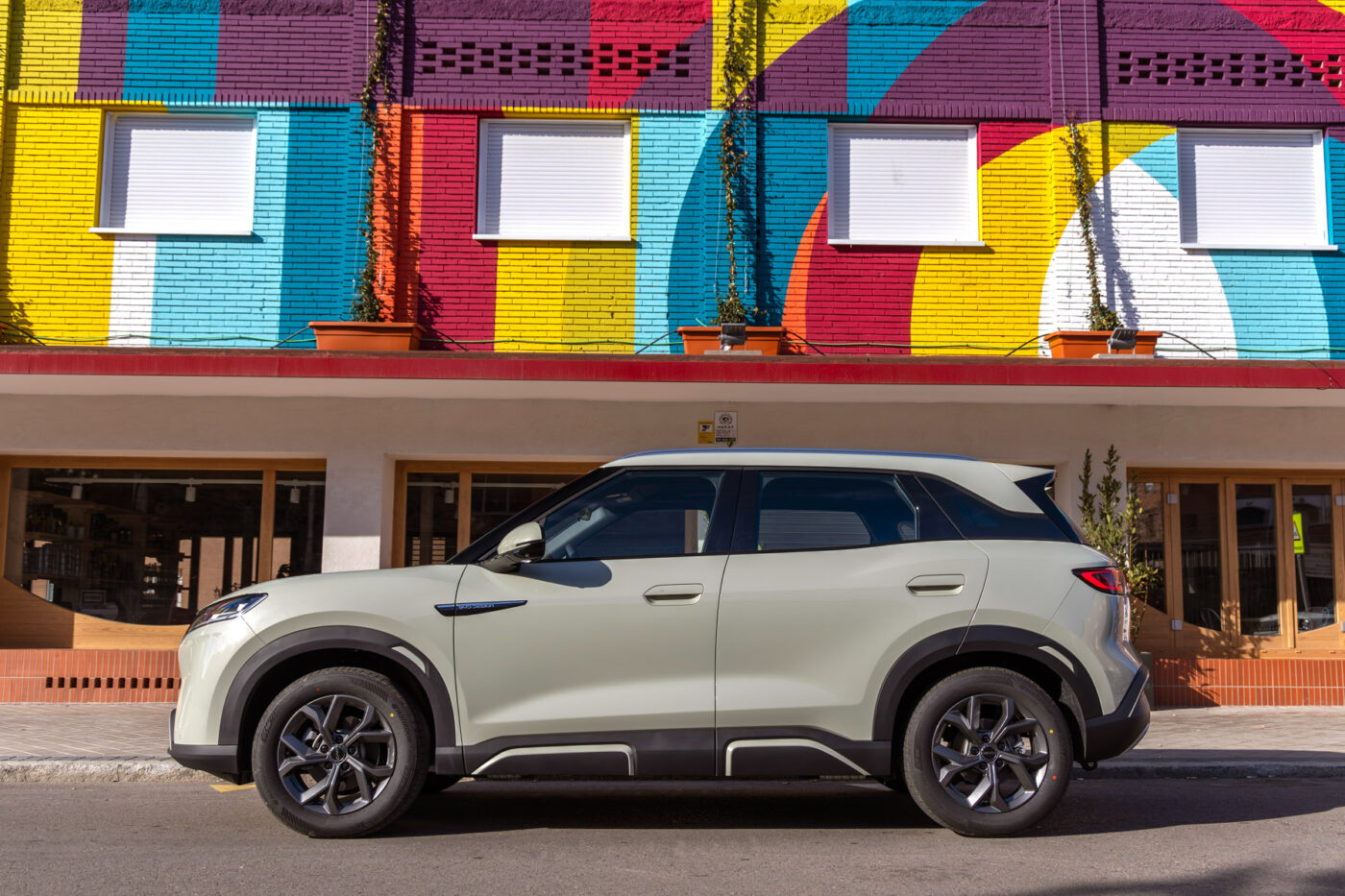
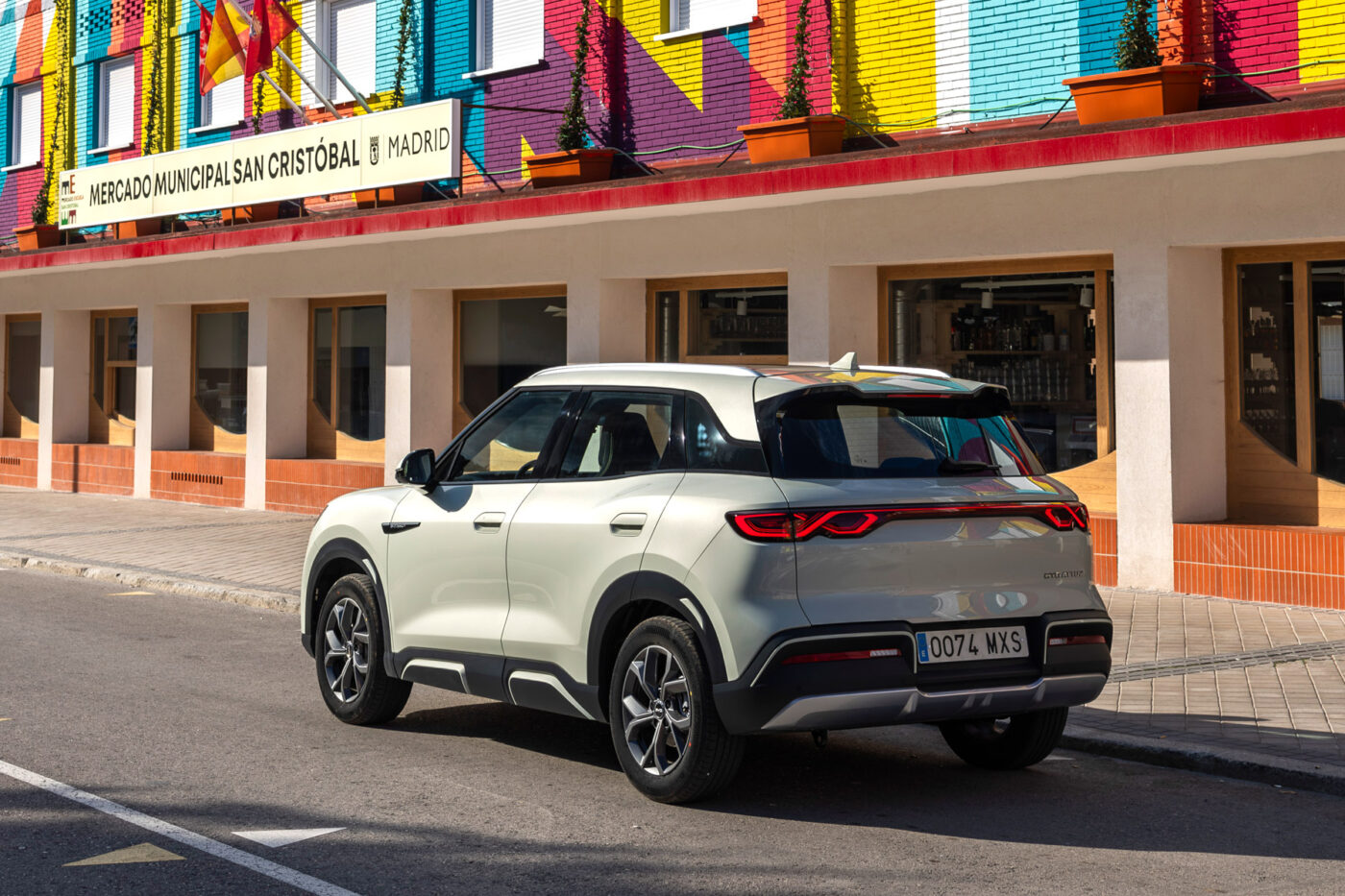
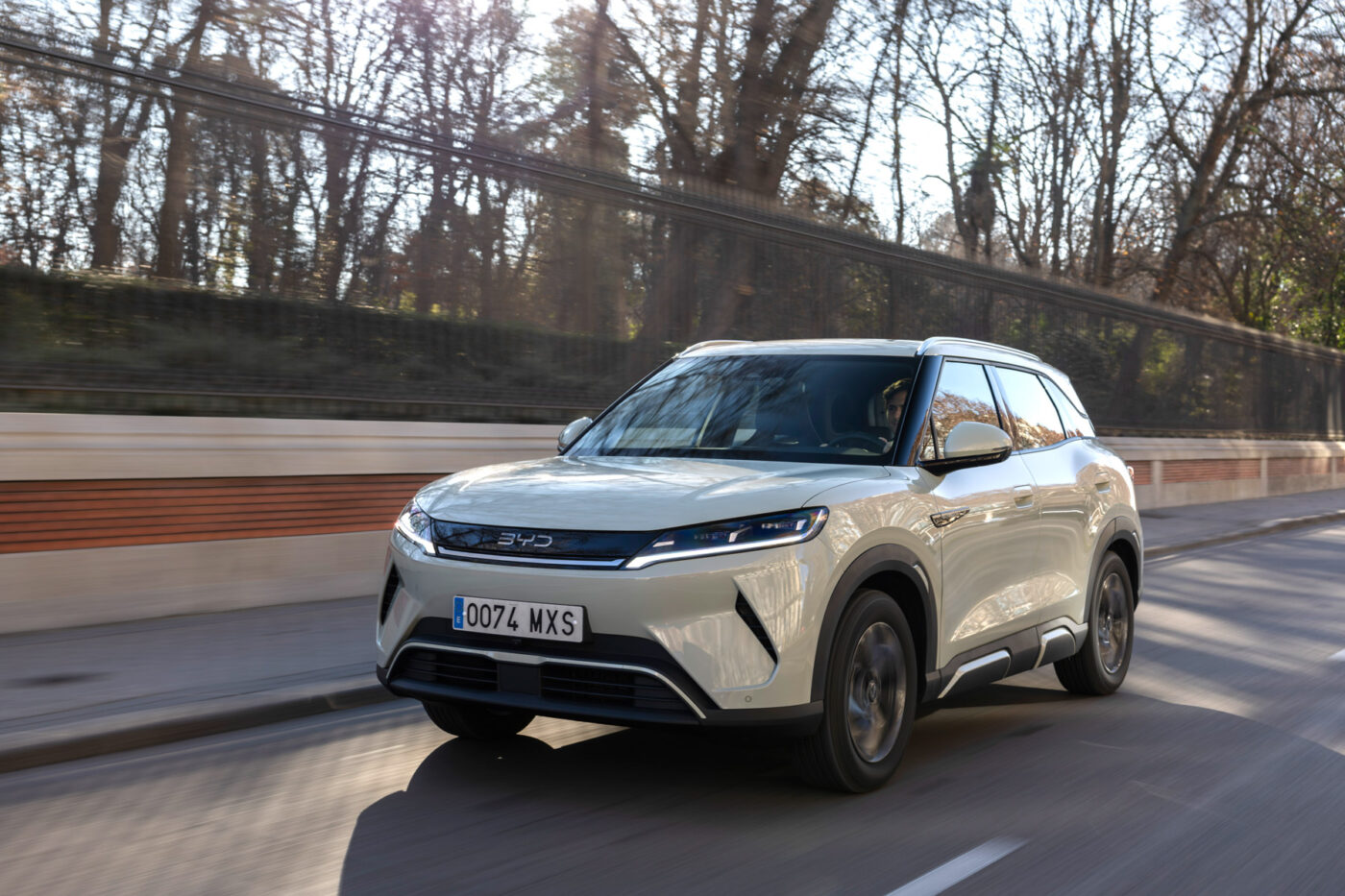
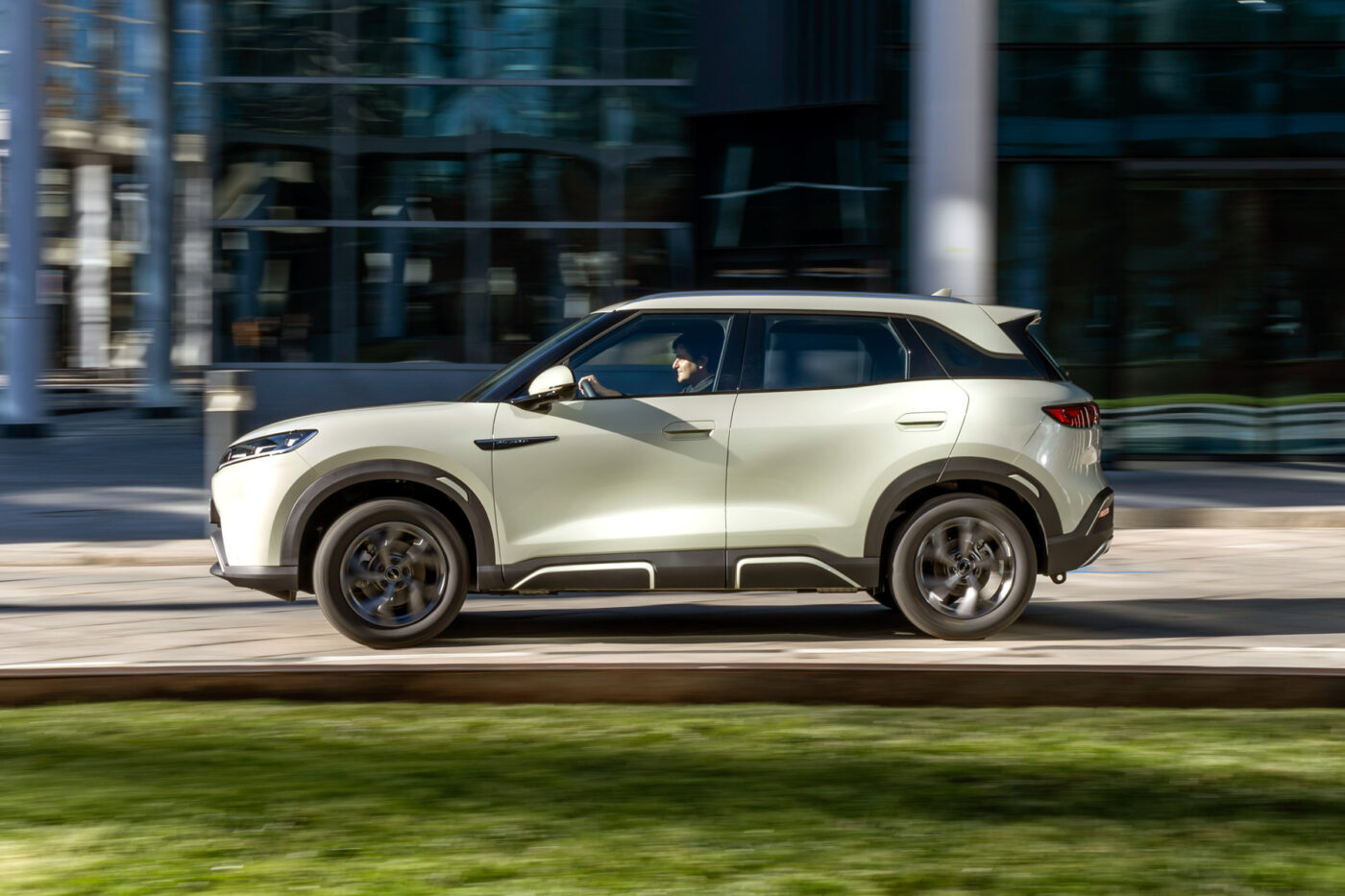
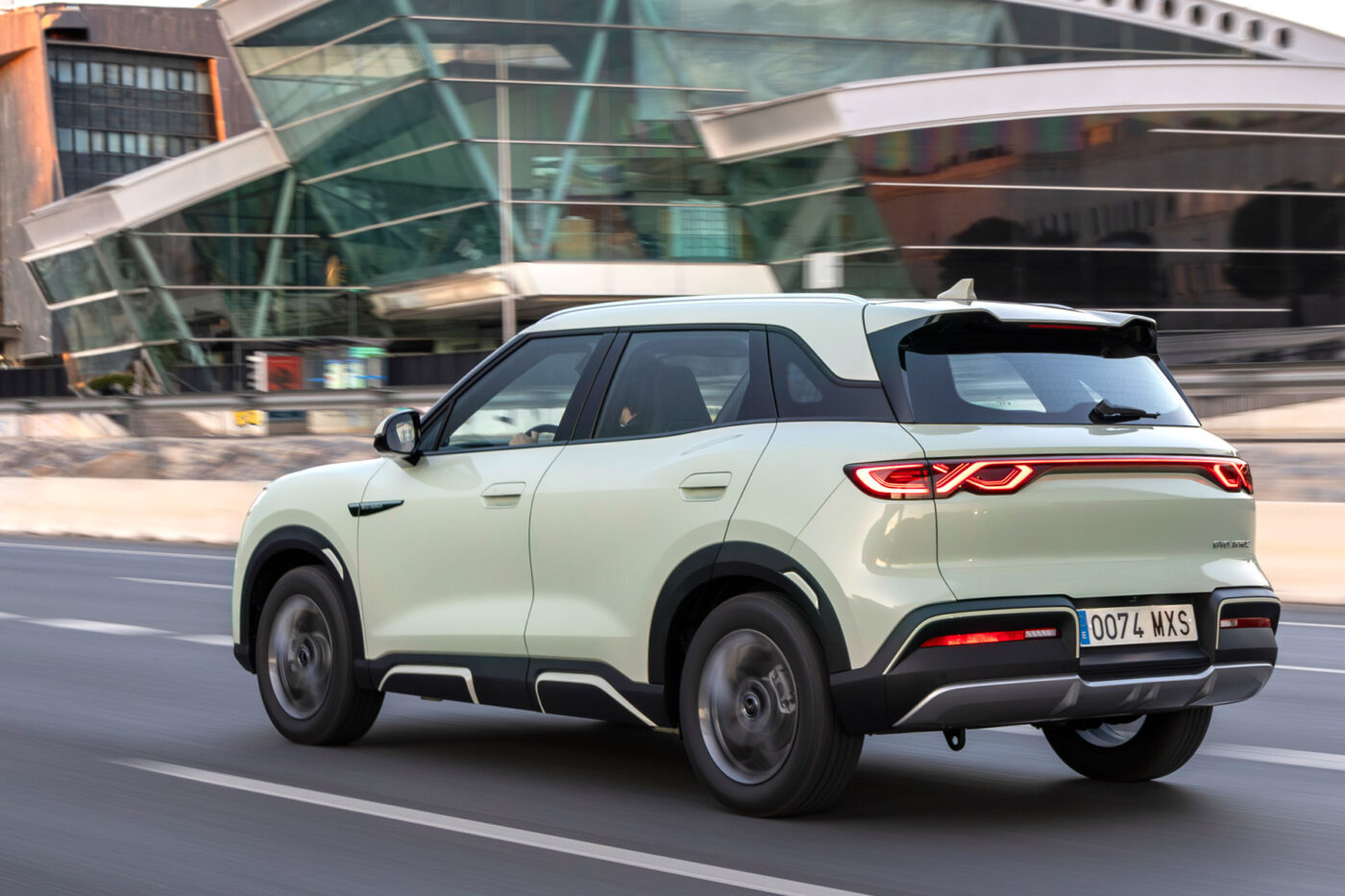
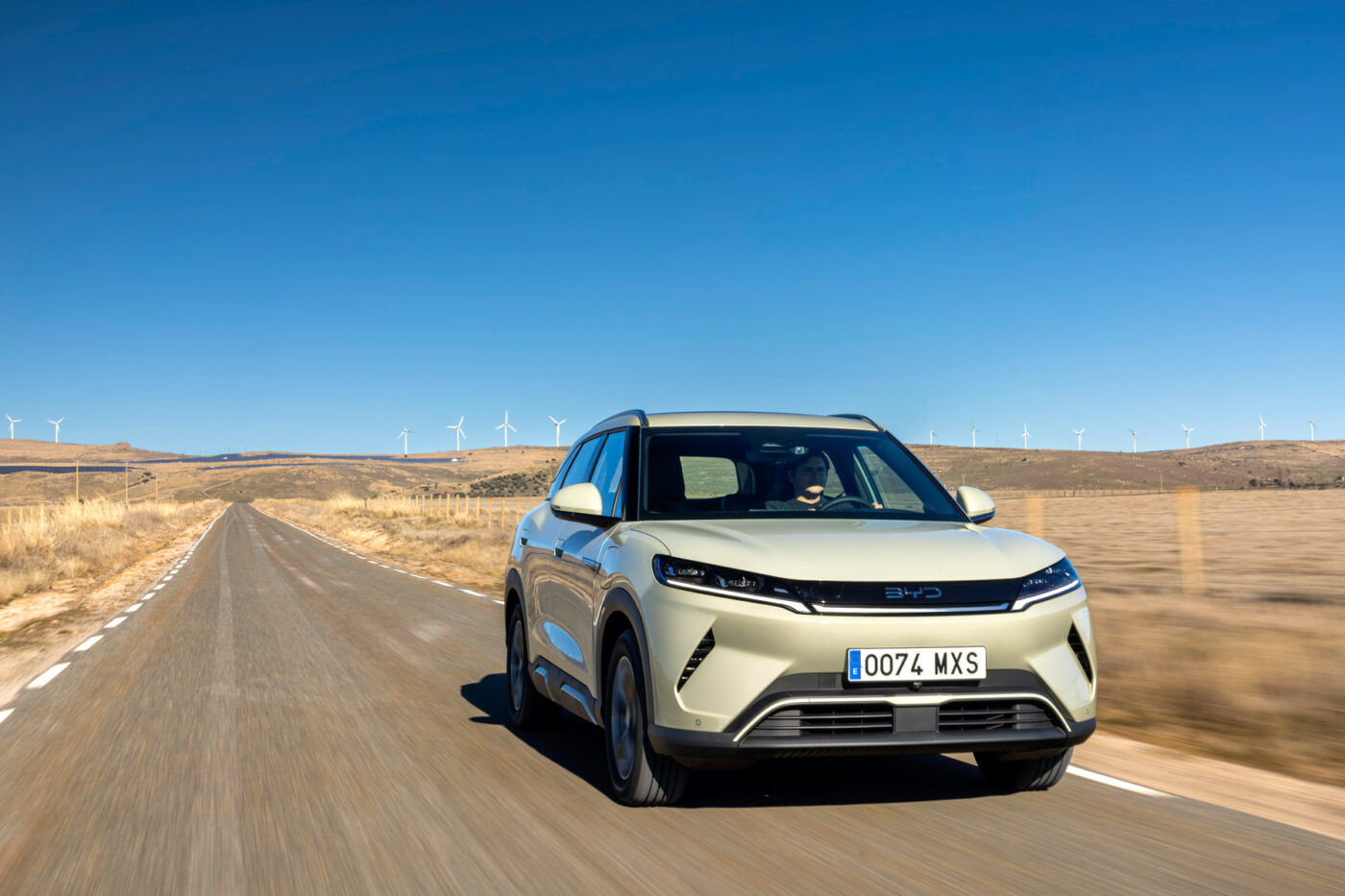
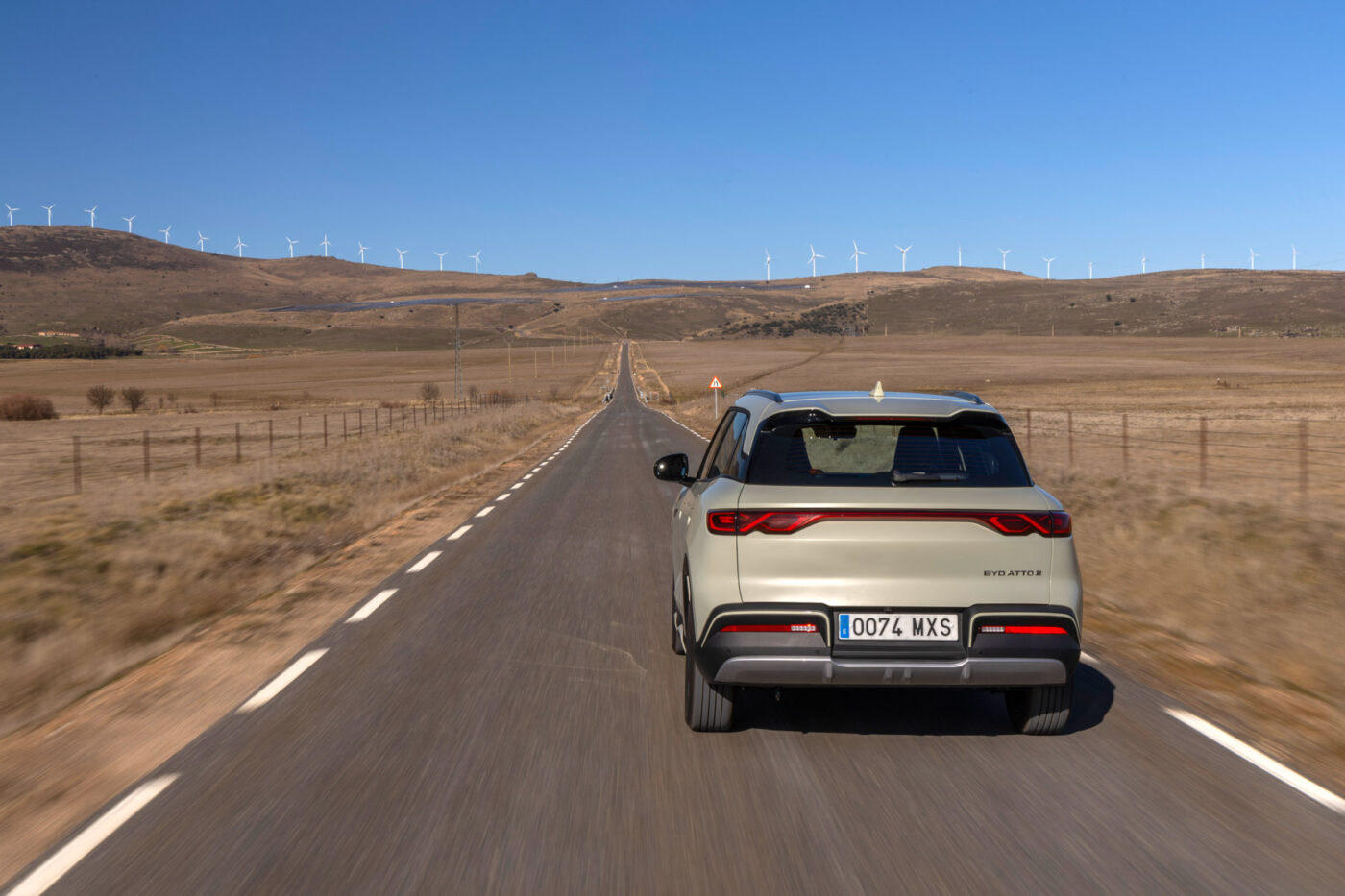
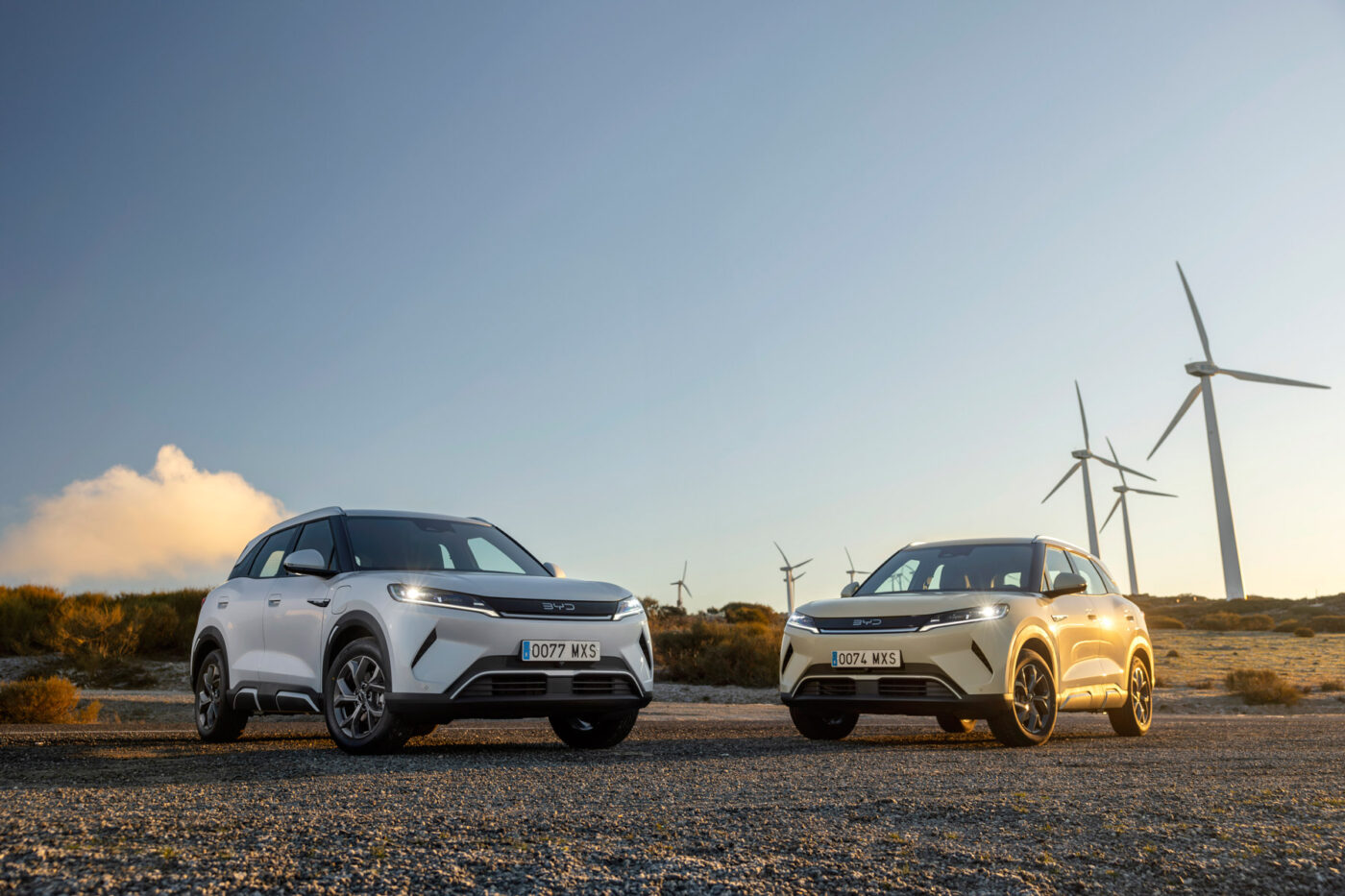
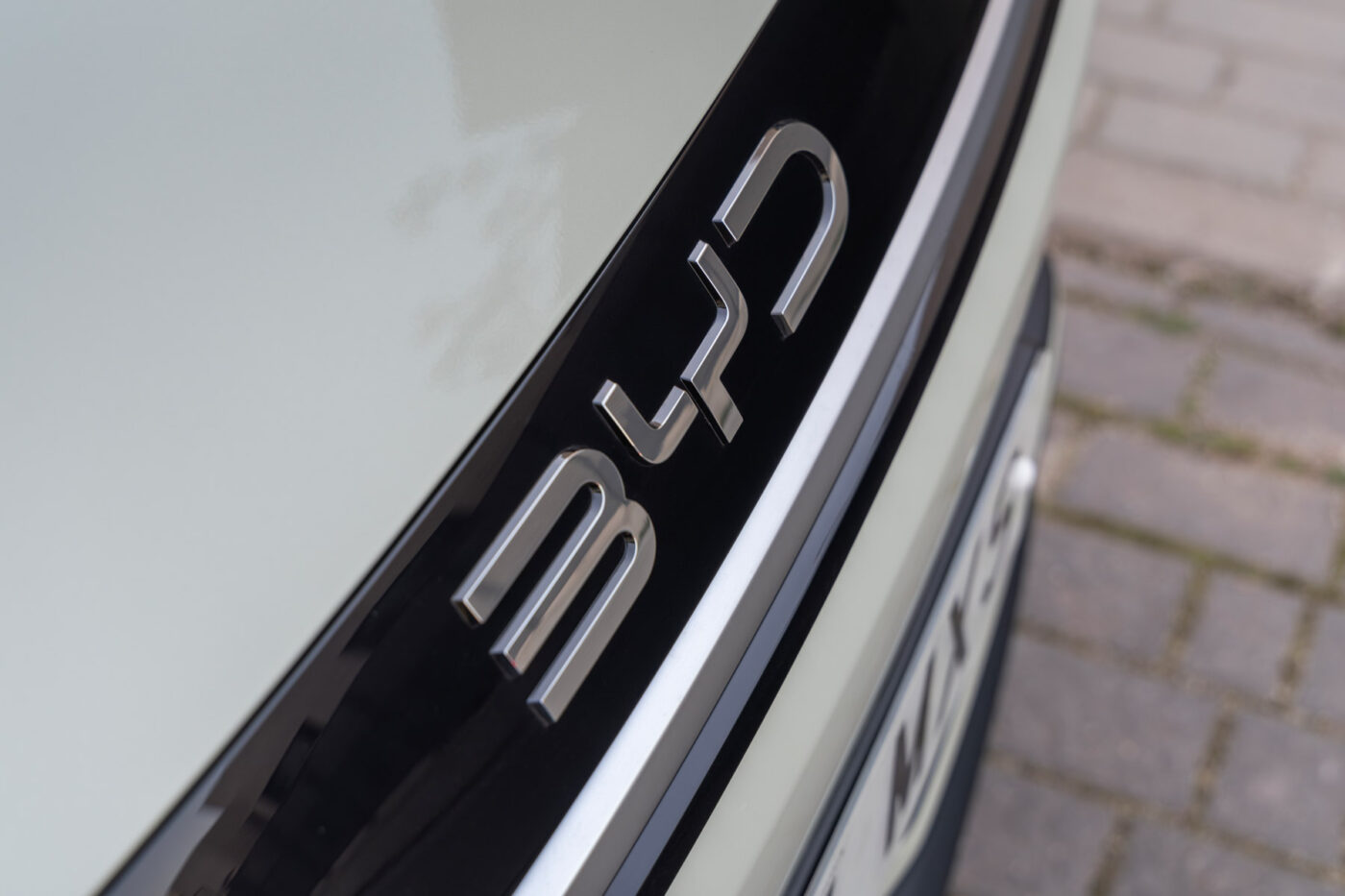
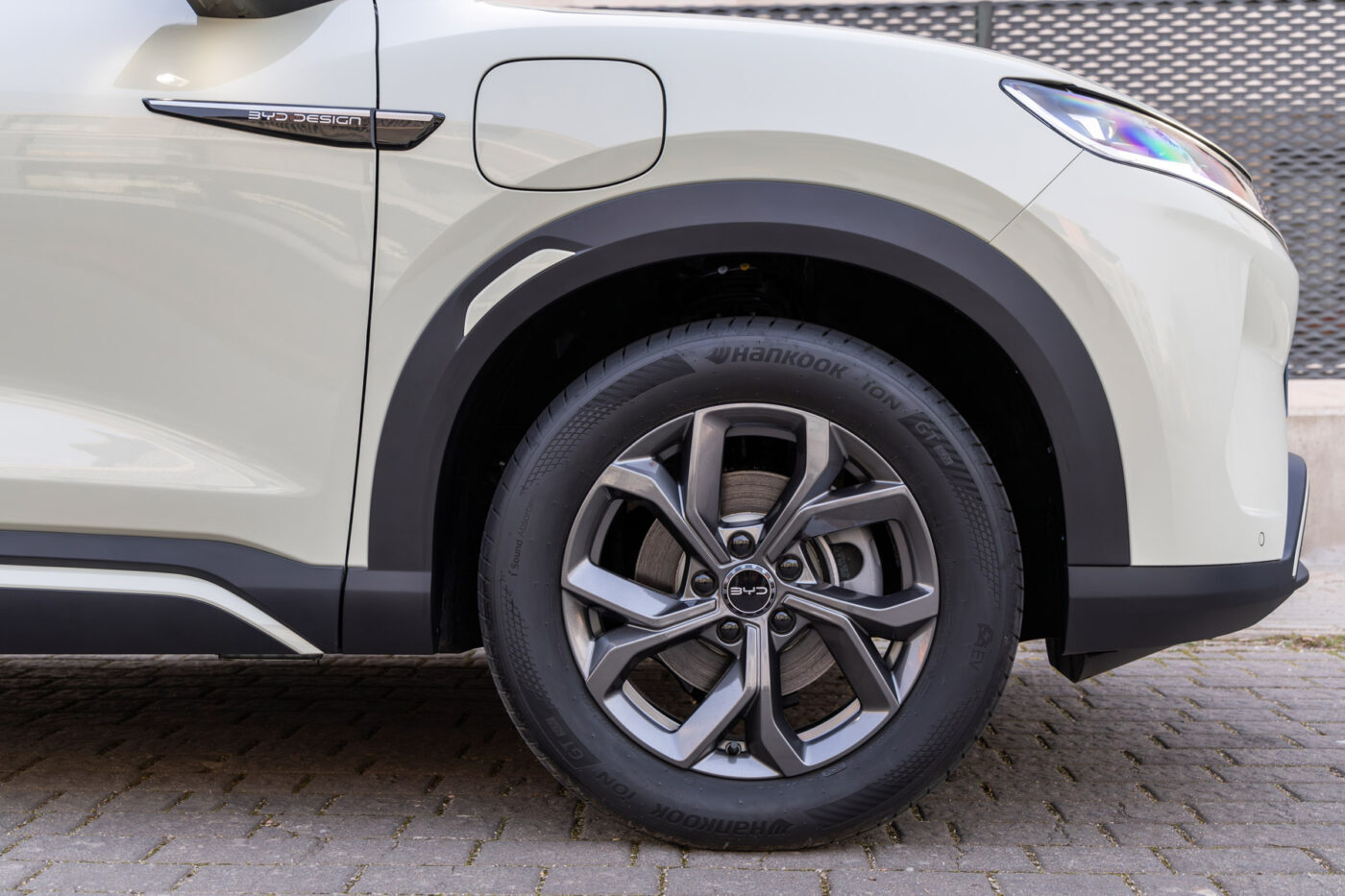
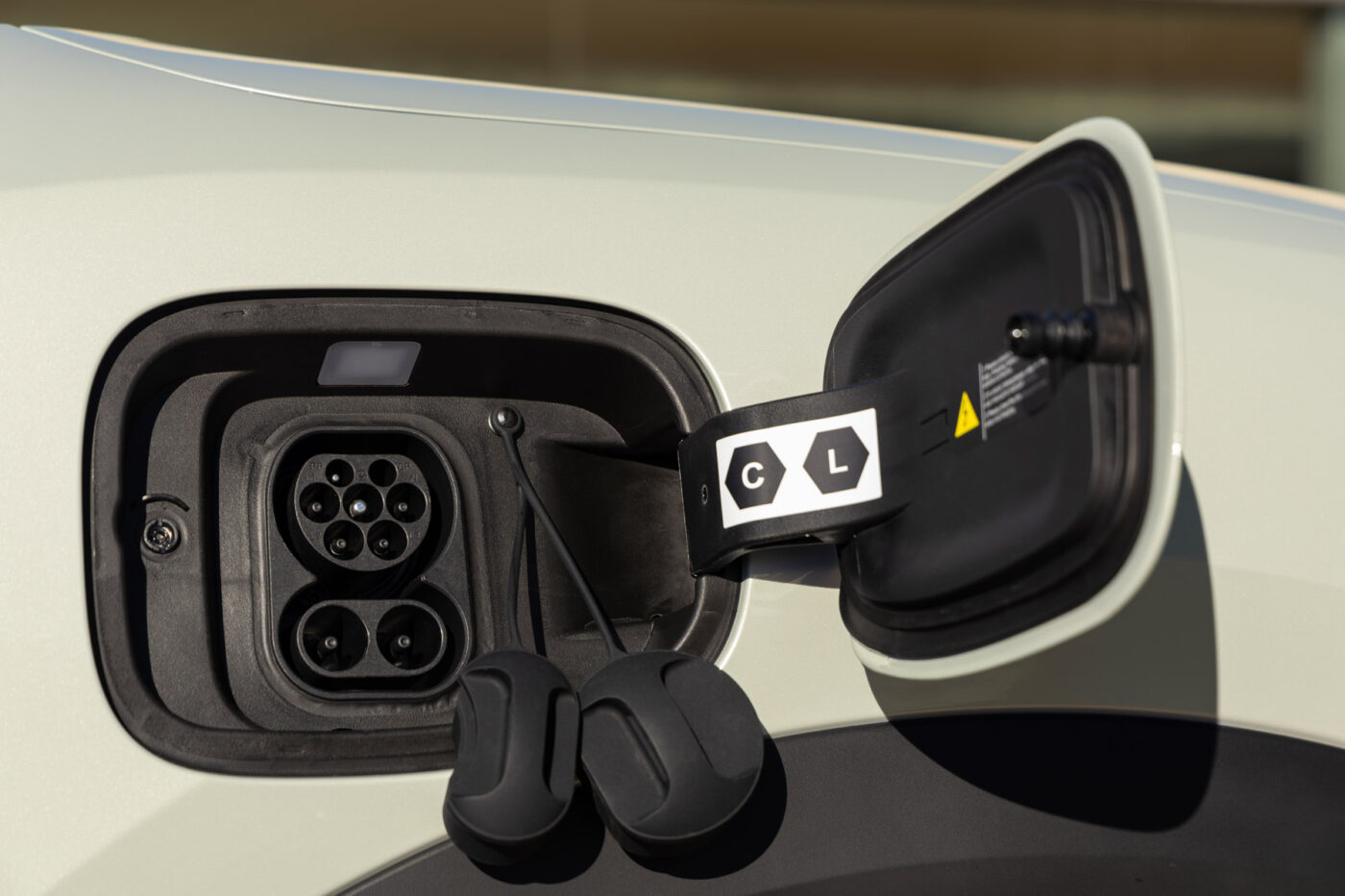
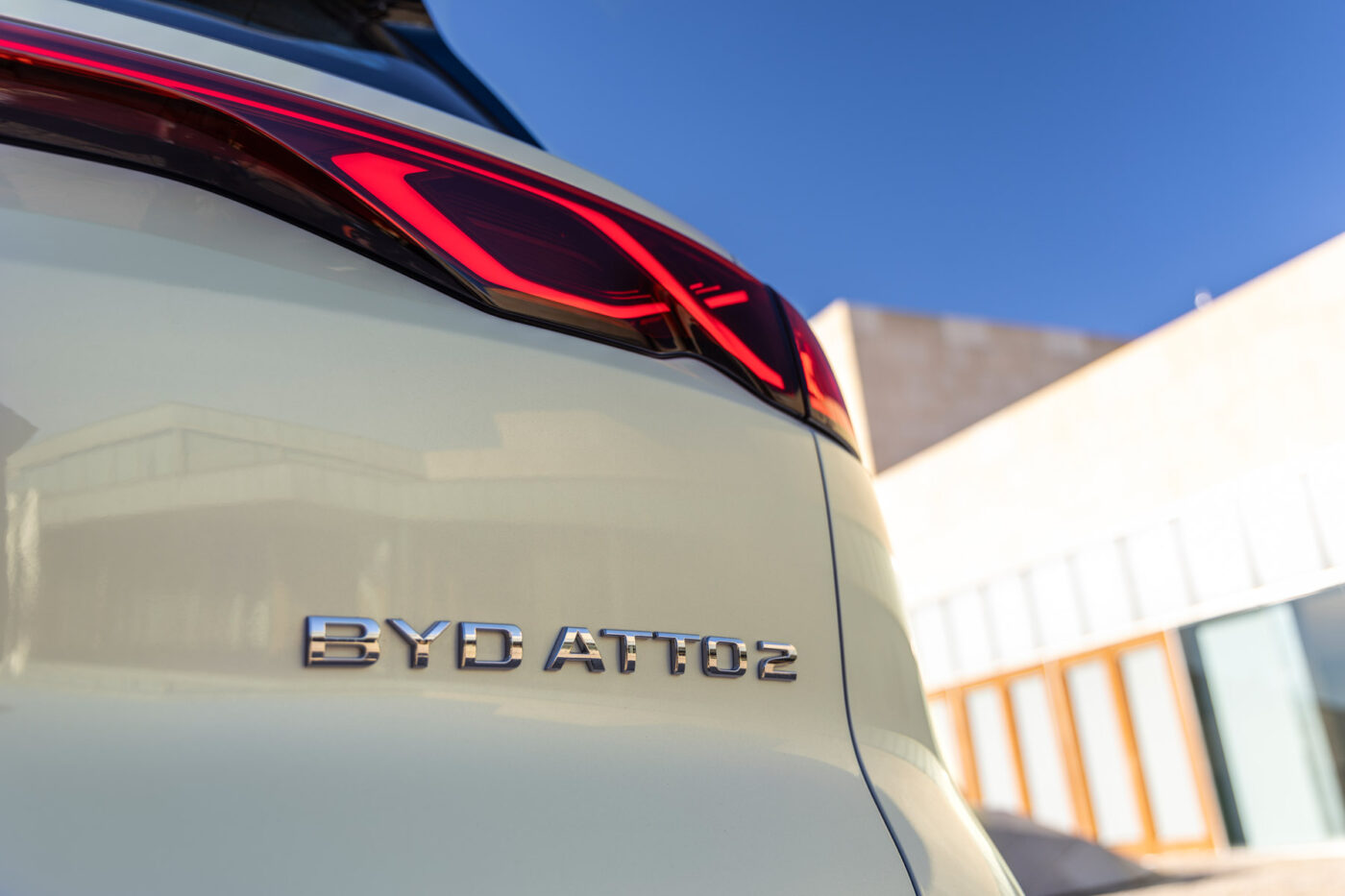
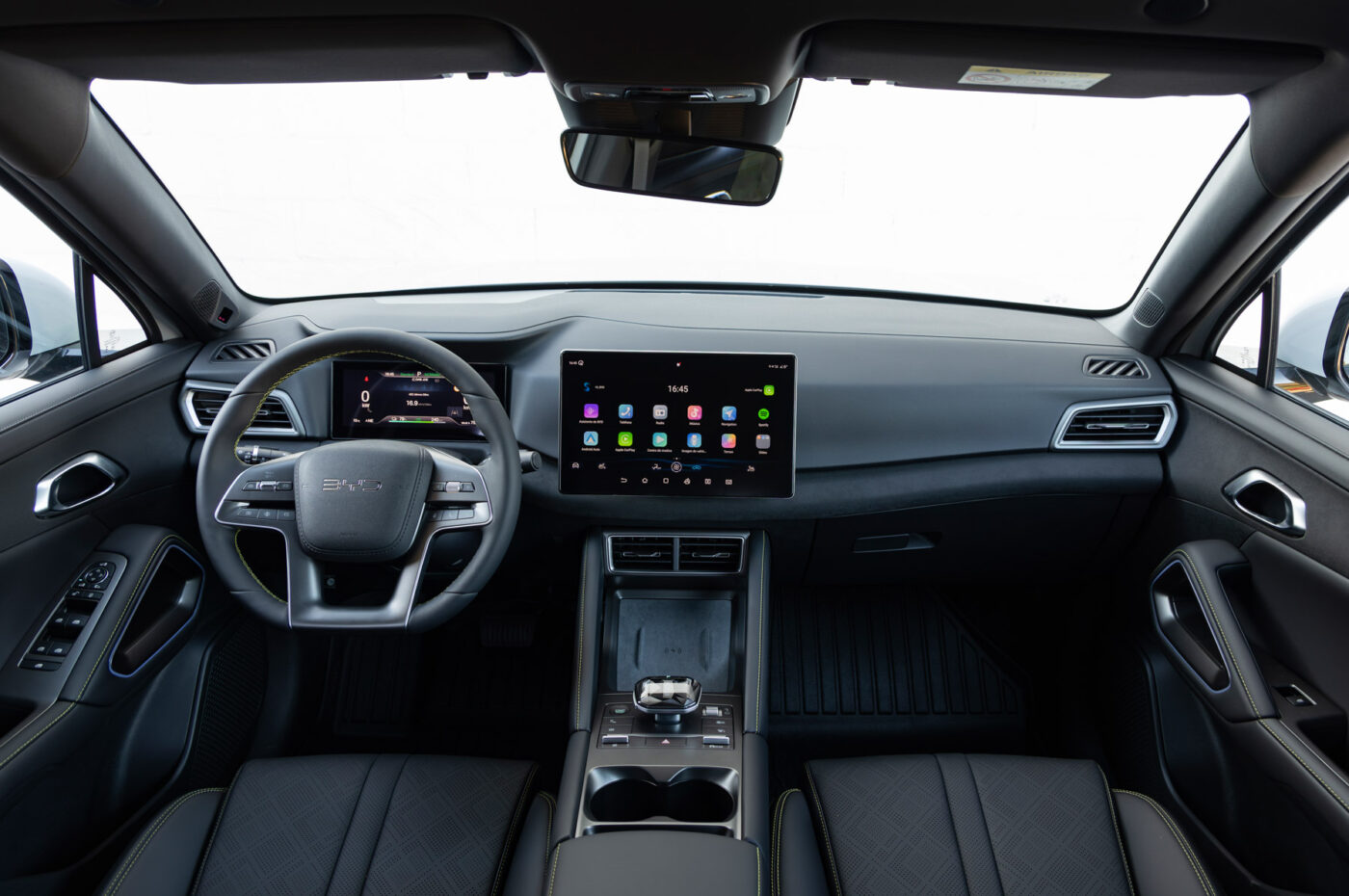
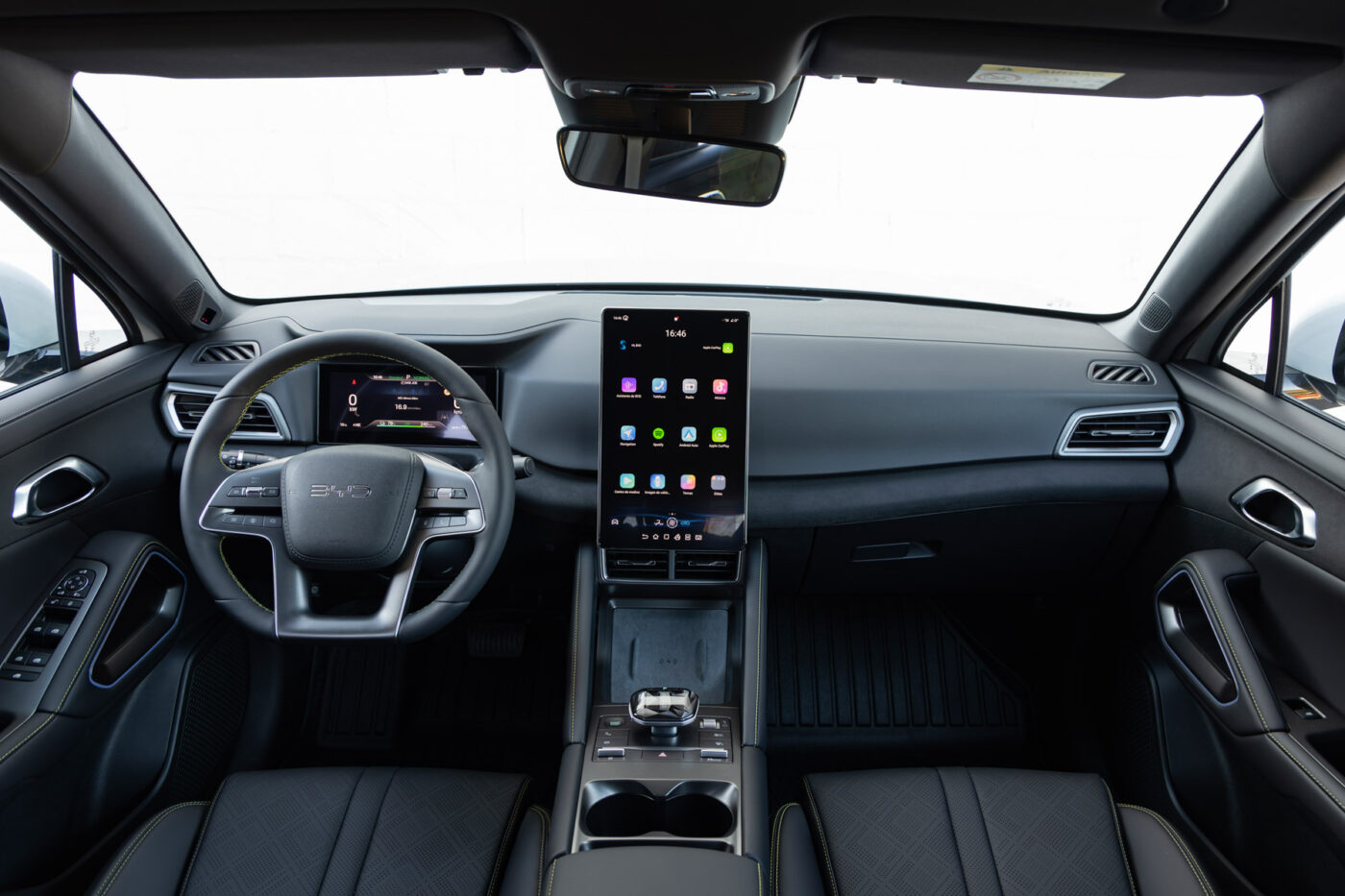
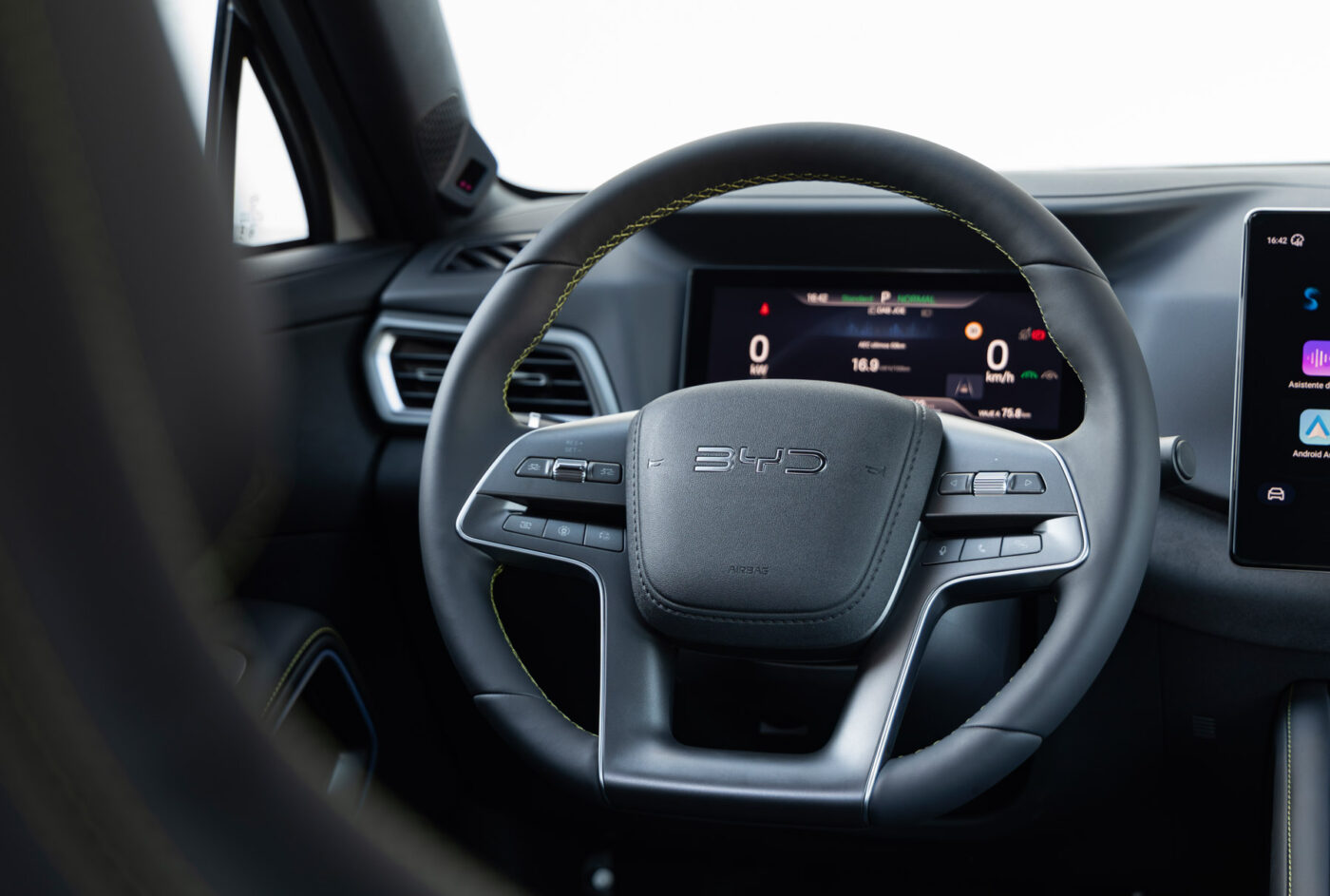

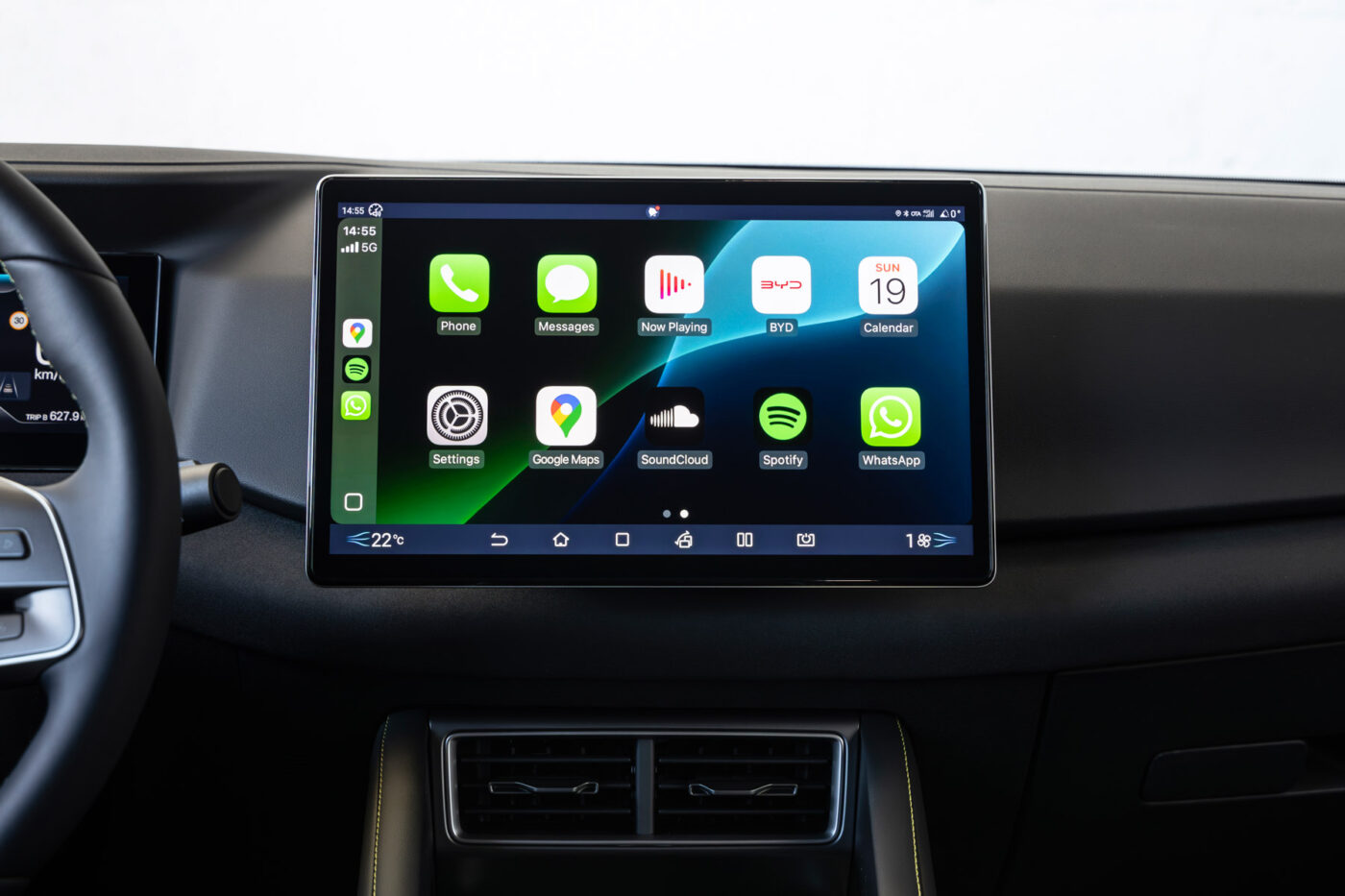
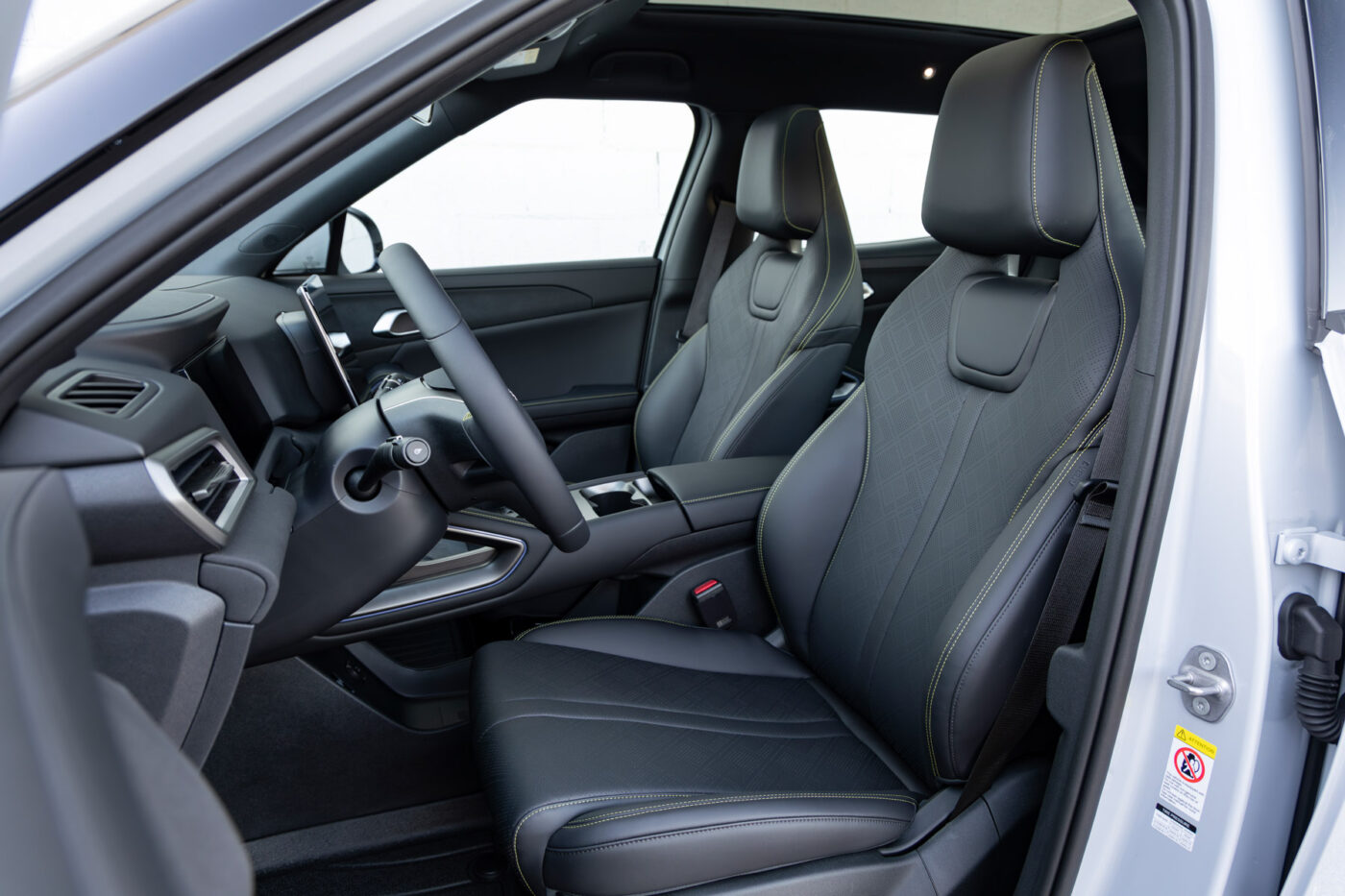
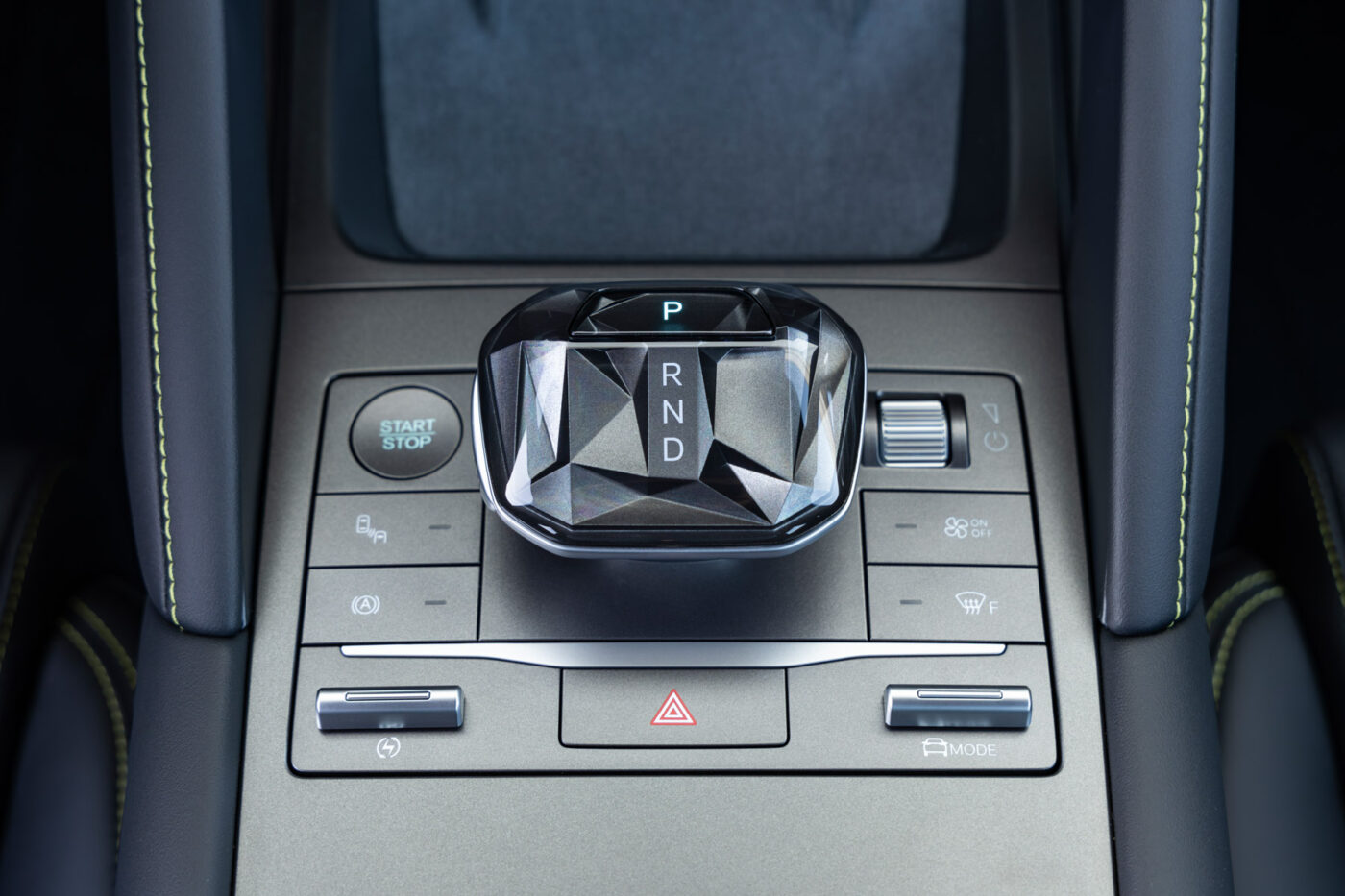
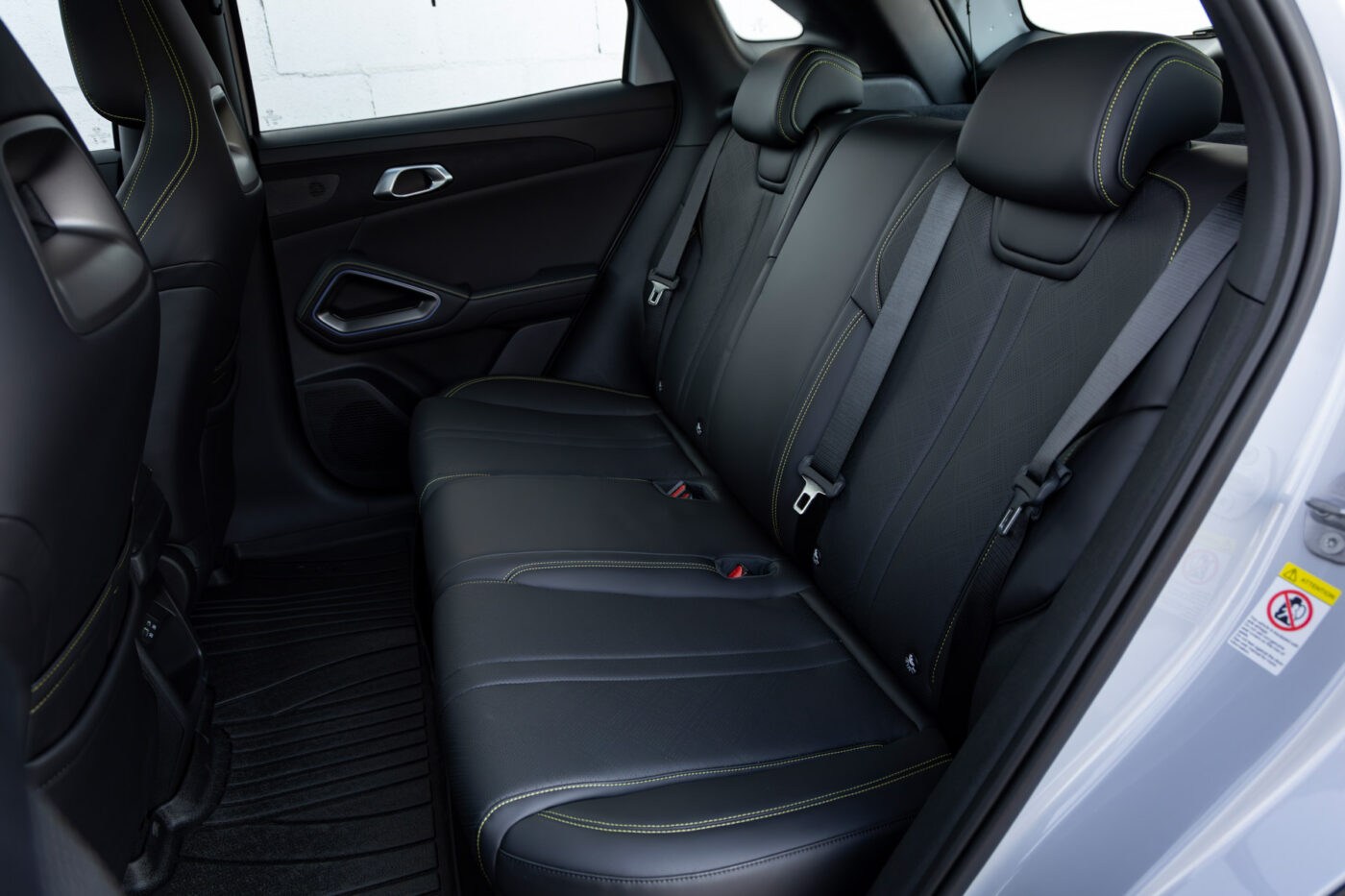
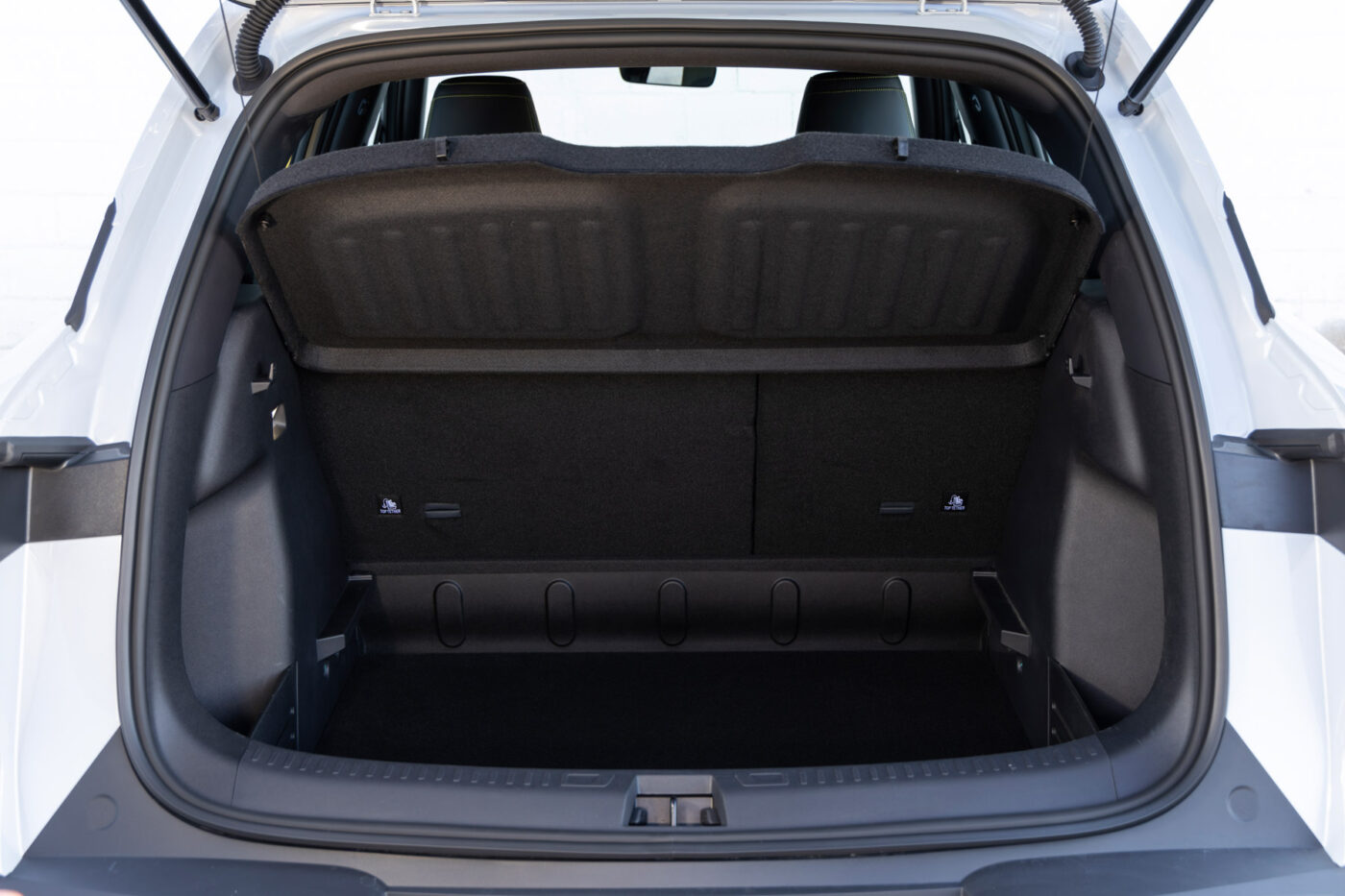
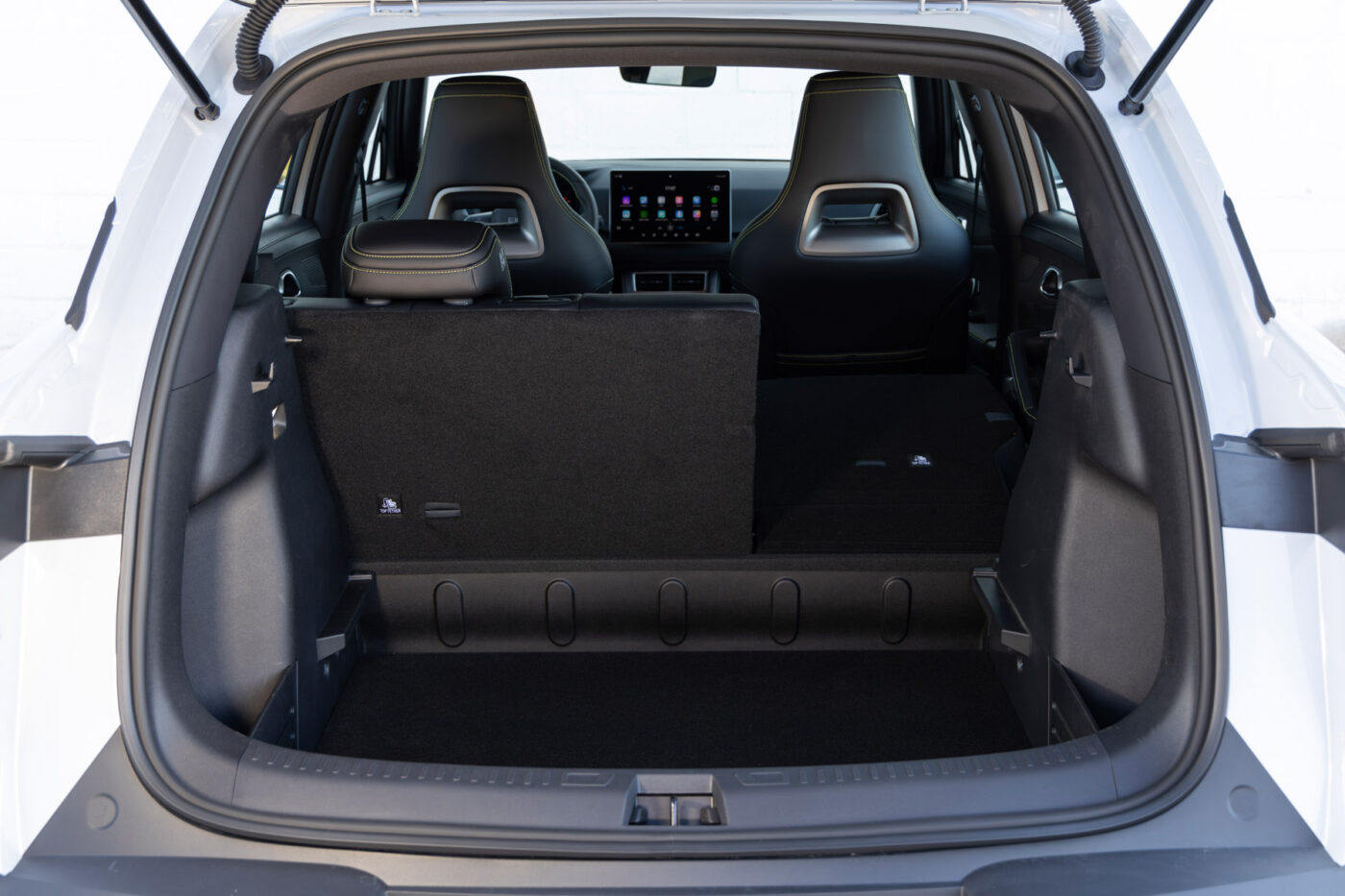
Above all, however, you notice their European orientation in the interior: yes, as always there is a rotating screen, the animations of the 360-degree cameras when manoeuvring are more irritating than enlightening, the assistance and warning systems are sensitive to the point of tinnitus and somewhere in the depths of the menu you will also find a karaoke mode.
But as if BYD had bravely evaluated all the Western criticism of the many newcomers from the East, there are again sensible switches on the steering wheel, controls with buttons in the doors and another collection of buttons on the centre, from which a kind of gear knob protrudes. And even if you notice the cost pressure when looking at the diamond pattern or the print rollers in the steering wheel spokes, it all looks and feels good.
BYD disappoints with the battery
Complete with comfortable armchairs, an instantly comfortable seating position and an unobtrusive but confidence-inspiring suspension, steering and brake set-up; The Atto 2 makes for a perfect family car. Even the space in the second row is ok thanks to the 2.62 metre wheelbase and the boot is fine with 400 to 1,340 litres. The only thing missing is the frunk, for which there would still be more than enough space under the bonnet despite the front-wheel drive.
It’s just a shame that by focusing on European tastes, they seem to have forgotten their own strengths. After all, the world’s largest battery manufacturer and self-proclaimed innovation leader is disappointing when it comes to electric technology – when BYD was finally on the way to producing an electric car with attractive data with the Sealion 7.
While the drive and driving performance of 133 kW, 7.9 seconds from 0 to 100 kph and a top speed of 160 kph are still upmarket, the 45 kWh LFP battery is smaller than that of the announced competitors, meaning that the Atto 2 has to be charged after 312 standard kilometres at the latest. This is where the real disappointment lurks: with a maximum output of just 65 kW, it is one of the slowest chargers around. Only the Leapmotor T03, the Fiat 500E and the Dacia Spring take even longer.
Even with this, BYD could perhaps still score points with cost-conscious customers. If only the price was right. However, at 29,990 euros for the entry-level model and around 32,000 euros for the otherwise very generously equipped Boost, the Chinese may be looking at cars such as the VW ID.3, the Skoda Elroq or the Kia EV3 in terms of price, but the car itself is actually on a par with stellar models such as the Vauxhall Frontera or the new Citroën ë-C3 Aircross. They are not only more practical and have a better charging performance, they are also ten per cent cheaper in some cases – the Citroën is slightly larger than the Atto 2, but starts at just 26,490 euros. And the slightly smaller Fiat Grande Panda, which we tested last week, has virtually the same size battery, the same WLTP range, can charge with up to 100 kW and costs €5,000 less. They come from brands that offer a large dealer and service network and have built up a certain level of trust over decades. These are all factors that BYD has not yet been able to offer.
Prices that are too high for batteries that are too small and too slow – even within the company’s own organisation there is a huge rumble and European marketing has already sent a long wish list to Shenzen. And the frunk is little more than a footnote: “After all, our perhaps best car to date didn’t deserve such a poor debut,” says European Head of Marketing Francis Ji.
However, that is due to change: the top model, the Comfort trim, with a larger battery for a range of up to 400 kilometres and faster charging, is due to launch in autumn and is still expected to remain under 35,000 euros. By the end of the year, the first European BYD plant in Hungary will also start production – and take the burden of 27 per cent customs duty off the Chinese. Even if production there is likely to be somewhat more expensive than at home, they could still lower prices significantly and bring BYD up in the registration statistics after all.

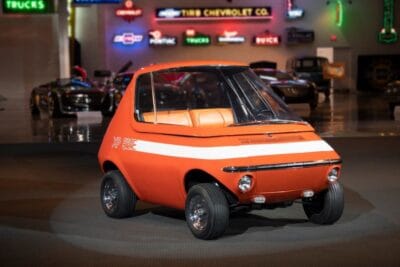
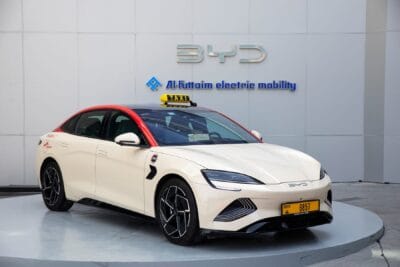
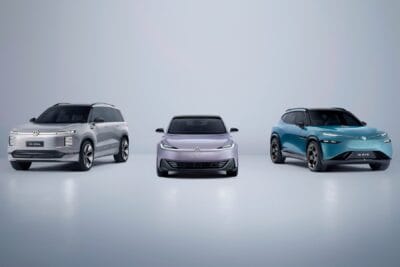
4 Comments